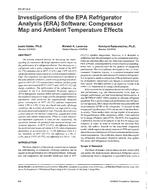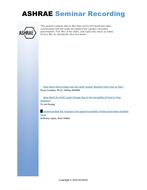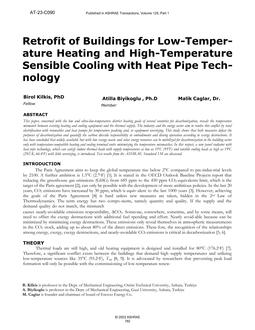Click here to purchase
With the increase in penetration of renewable energy resources in the generation mix from sources such as wind and solar, there is a need for added flexibility to account for the high variability in the electricity supply that can occur with the use of these resources. Various sources such as HVAC and lighting in commercial buildings and appliances in residential buildings such as dishwashers, clothes washers, and dryers have the potential to provide various Demand Response services such as regulation, contingency, and ramping. In commercial buildings, lighting accounts for around 10-15 % of the load at any given time. These lighting sources can be dimmed by approximately 20-25 % with no available daylight and by around 40 – 80 % in presence of daylight without causing any visual comfort to the occupants. Thus, lighting provides a unique opportunity for instantaneous reduction in demand. Overall this study aims to estimate the instantaneous demand reduction capacity due to lighting dimming due to Demand Response for various DOE Commercial reference and prototype building models and aggregate it over the entire MISO (Midcontinent Independent System Operator) region using buildings stock datasets such as Commercial Building Energy Consumption Survey (CBECS) and City and County Commercial Building Inventories developed by NREL which provide information about the number and type of buildings, their area, and age.
Product Details
- Published:
- 2021
- Number of Pages:
- 8
- Units of Measure:
- Dual
- File Size:
- 1 file , 3.4 MB
- Product Code(s):
- D-VC-21A-C056
- Note:
- This product is unavailable in Russia, Belarus


